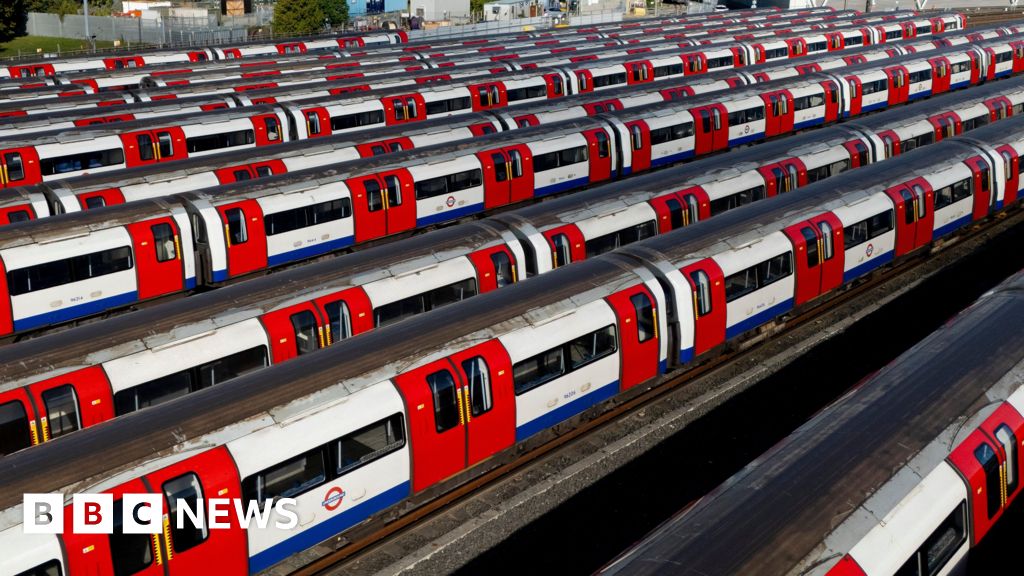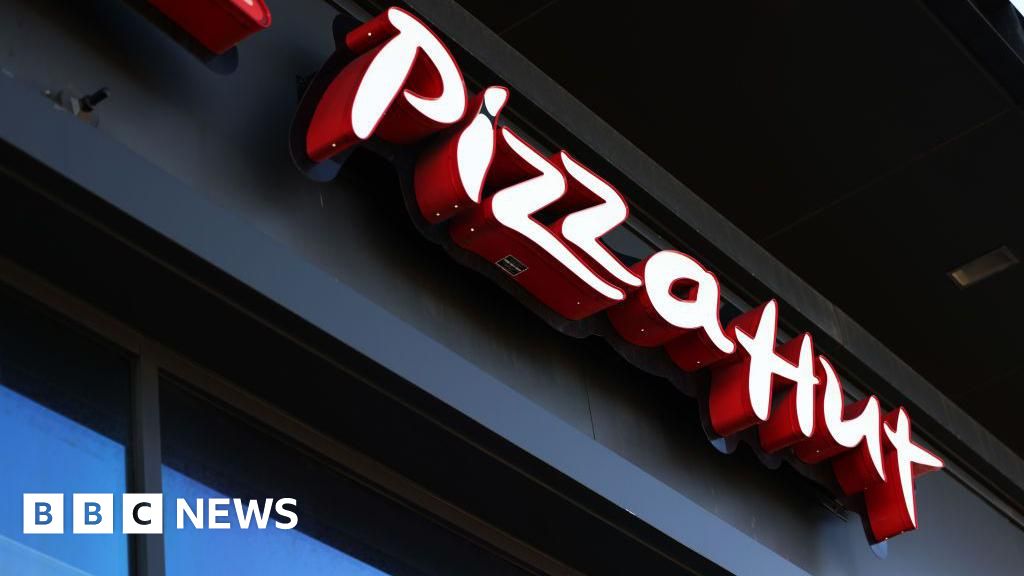Trevor Watkins and David Thorneloe of Pinsent Masons were commenting after the IFR opened a consultation on establishing the new licensing regime.
This consultation seeks views around how the licensing process will operate and about the relevant documentation clubs will need to compile when applying for a licence.
Clubs will need to apply for their first licenses by February 2027. Unless one is granted to them by the start of the 2027-28 season, they will be unable to field a team that season. A provisional licensing regime will operate initially, providing clubs with a window of three years from being granted a provisional licence to meet the conditions of a full licence.
The IFR will set clubs a set of mandatory conditions to meet to become fully licensed, including around financial planning, corporate governance and fan consultation. The IFR will have powers to impose further discretionary conditions on individual clubs if they are considered “at risk” – including, for example, specific steps and monitoring to restrict their expenditure.
Included in the consultation paper are the IFR’s proposed principles to shape its approach to financial regulation – an issue brought into sharp focus recently by the situation at Sheffield Wednesday.
With those principles, the IFR endorses the concepts of forward-looking risk management and board-level responsibility for financial soundness of clubs and puts an emphasis on financial reporting to help clubs manage their own risks.
These principles are all reflected in some of the licensing obligations clubs will face. For example, to support their application for a provisional licence, clubs will be expected to prepare, among other things, a strategic business plan, which will need to include a forecasted profit and loss statement, balance sheet and statement of cash flows, as well as details on the source of funding. Clubs will also be expected to answer “standardised questions” on issues such as their business operations, fan engagement and corporate governance, and include “forward-looking information” – including about their finances – that covers up to the end of the 2027-28 season.
In relation to financial regulation, the IFR also made clear that it will not take a ‘one-size-fits-all’ approach, instead promising to “set high level expectations that clubs can apply in ways best suited to their own business models” and to tailor its intervention to address “specific risks”.
The IFR intends to focus its resources on clubs it considers to be at greatest risk of financial distress and failure and, while it said its “focus will be on prevention and addressing the root causes of financial instability, rather than penalising clubs”, it gave examples of licence conditions it could decide to impose on clubs in financial distress. These include requiring clubs to maintain a cash liquidity buffer in a separate account; placing limits on debts that clubs can incur; and placing restrictions on a club’s expenditure.
More detailed rules and guidance regarding financial regulation will be developed for separate consultation in 2026.
Watkins led a fan buy-out of AFC Bournemouth in 1997, when the club faced bankruptcy, and went on to become club chairman and a divisional director to the EFL board. He said English football is on the cusp of a major regulatory overhaul. Having established Supporters Direct with the UK government, Watkins believes the IFR creates a tipping point for owners, investors, funders and executives of clubs,
“The new regulatory regime represents major change for the football industry in England,” Watkins said. “While the action continues apace on the pitch, football clubs in England have work to do off it to prepare for the new regime taking effect next season. As the IFR’s consultation makes clear, there are significant steps to take to meet the new licensing requirements which are intertwined with the financial regulations that clubs will also be subject to. The current investment, financial and operational models of clubs are going to be tested and with real consequences if breaches occur.”
The IFR will take over the main responsibilities for regulating the finances of football in England from the footballing authorities. The establishment of the IFR is provided for under The Football Governance Act 2025, which came into force during the summer.
The IFR’s main objective is to ensure the financial stability and sustainability of English football, ensuring that clubs have sound corporate and financial governance in place. In total, 116 clubs across the Premier League, the Championship, and divisions one and two of the English Football League (EFL), as well as the National League, are subject to its oversight. Safeguarding ‘the heritage of English football’ is also a statutory objective of the IFR.
While the Act sets the framework for independent regulation, the detailed rules and requirements for the new regulatory regime will be set out by the IFR. The regulator has already been consulting on different aspects of the new regulatory framework that will operate – including now the licensing regime.
Thorneloe, who specialises in public law, said: “The IFR’s statements make clear it intends to focus its efforts on monitoring clubs most closely where there is evidence a club is in financial distress, or at risk. Its consultation offers clubs an opportunity to influence the new rules and guidance, to ensure the IFR takes a sensible and pragmatic approach.”








